Examples of Green Infrastructure
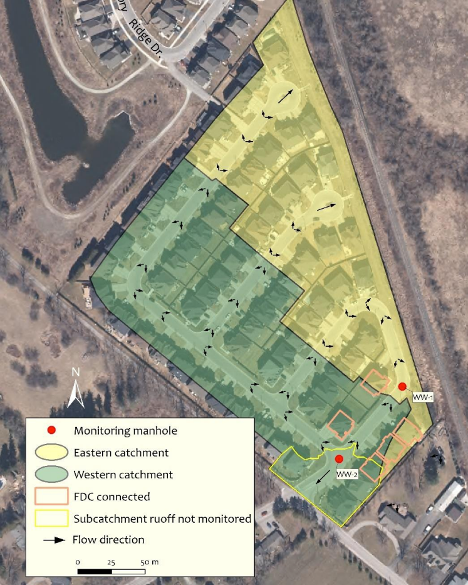
Low Impact Development Infrastructure Performance and Risk Assessment Pilot in Brampton
Brampton, Ontario
Starting in 2015, Credit Valley Conservation (CVC) began a monitoring pilot to assess the impact of Low Impact Development (LID) stormwater management strategies that provide enhanced water quality and quantity treatment. Located in the City of Brampton, the Wychwood Subdivision was the first subdivision in the Credit River Watershed to use a LID only stormwater management system in place of a stormwater pond. As such, this subdivision was utilized as a study site for the Low Impact Development Infrastructure Performance and Risk Assessment Pilot to address priority monitoring objectives identified in the Credit Valley Conservation Stormwater Management Monitoring Strategy.
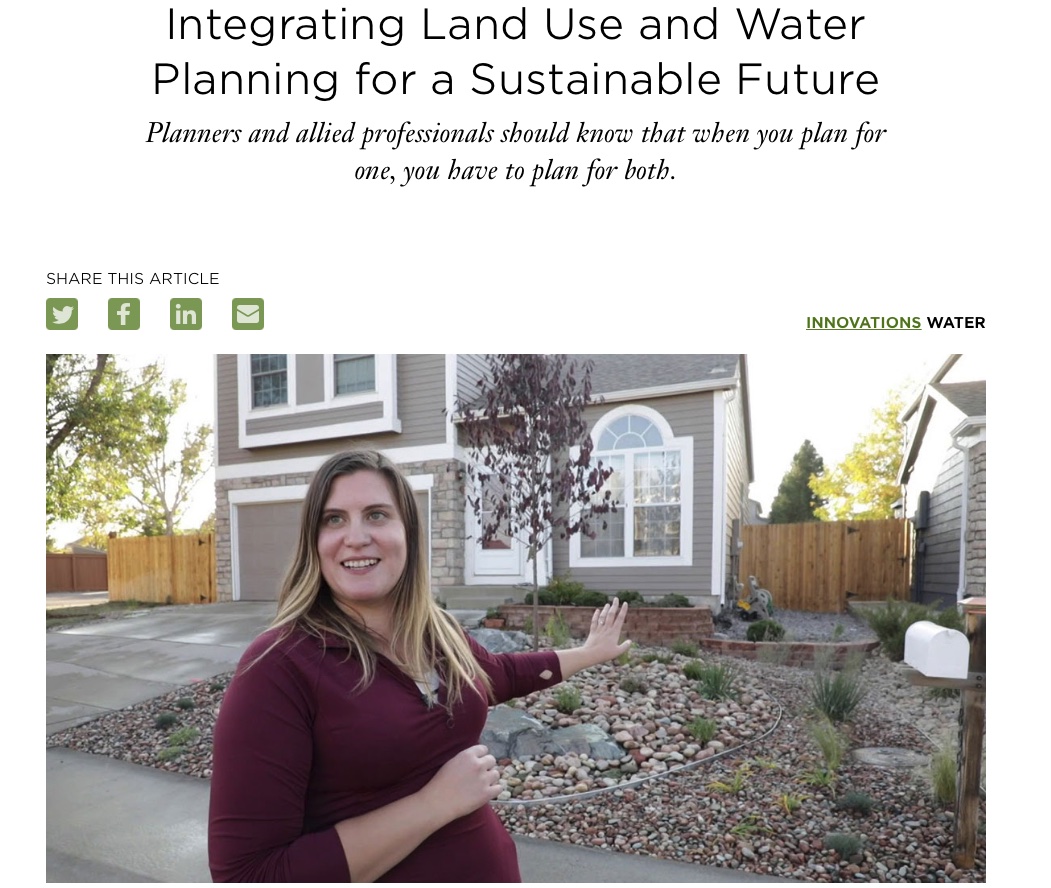
Integrating Land Use and Water Planning for a Sustainable Future
Castle Rock, CO
Located on the southern fringes of the Denver metro area, Castle Rock is one of the fastest growing communities in the country. Its population has skyrocketed from 20,224 in 2000 to nearly 72,000 today. Seventy percent of Castle Rock’s water supply comes from nonrenewable groundwater, so as the town grew, officials had to figure out how to stretch that supply. In 2006, the water utility and the planning department started collaborating to address that issue.
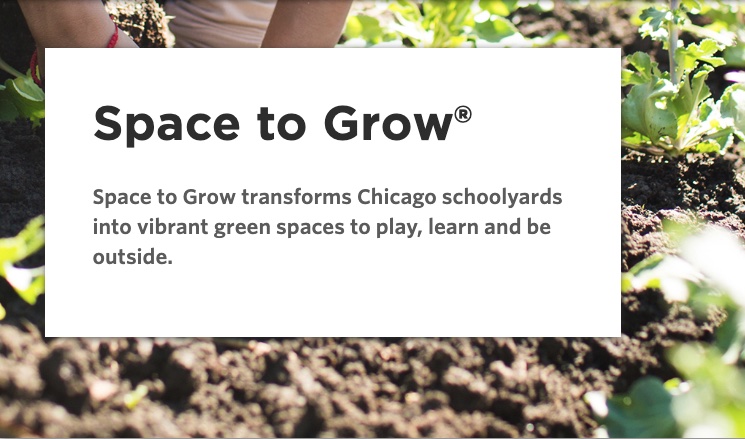
Space to Grow
Chicago, IL
Space to Grow transforms Chicago schoolyards into beautiful and functional spaces to play, learn, garden and enjoy being outside.
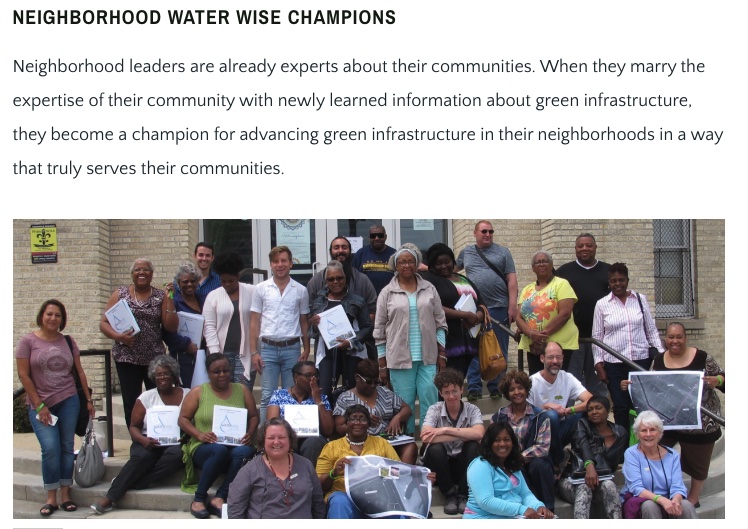
Water Wise Gulf South Model
New Orleans, LA
The Water Wise Gulf South Model is founded on the fact that residents have a rich knowledge of their own communities, so it is important for residents to be in the driver’s seat when advancing green infrastructure in their communities.
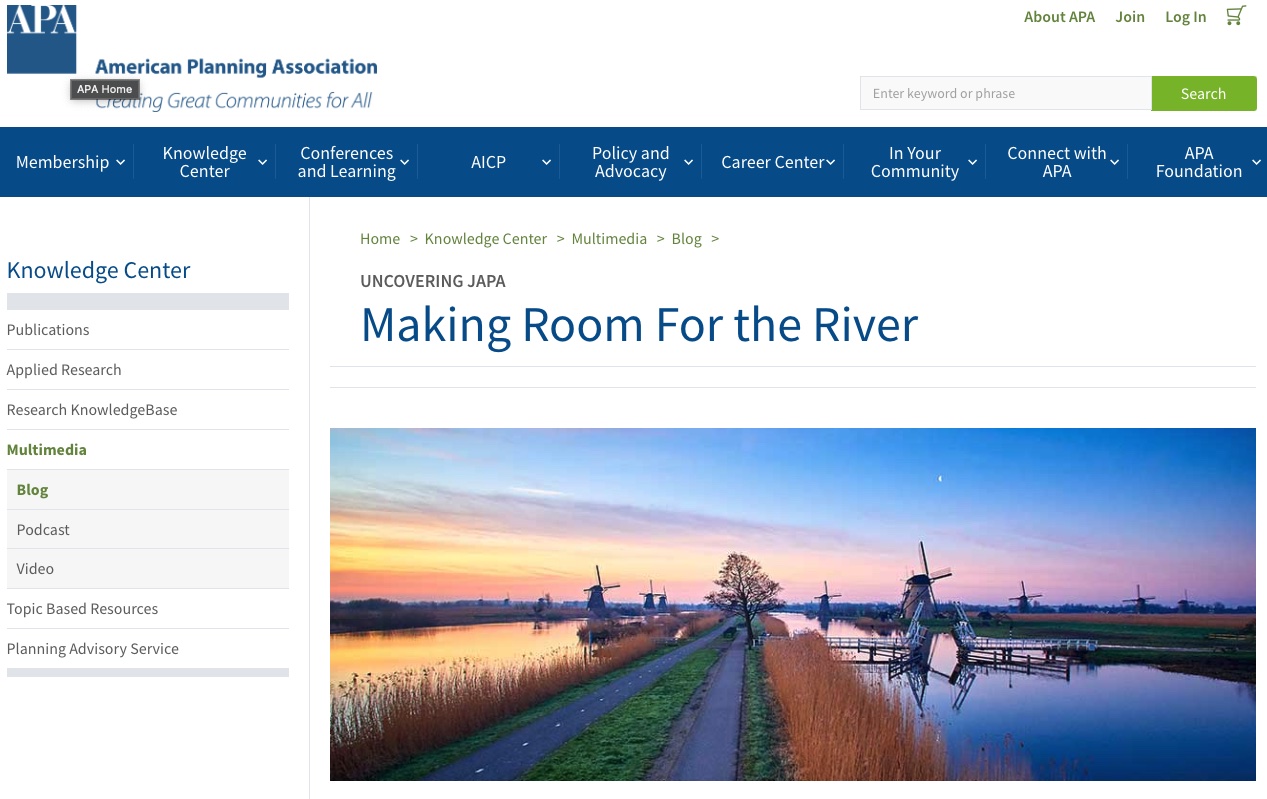
Making Room for the River
Nijmegen - Netherlands
Flood resilience bridges different areas of planning, including transportation, parks, economic development, hazard mitigation, emergency management, and comprehensive land use, but these plans are often poorly integrated with one another.
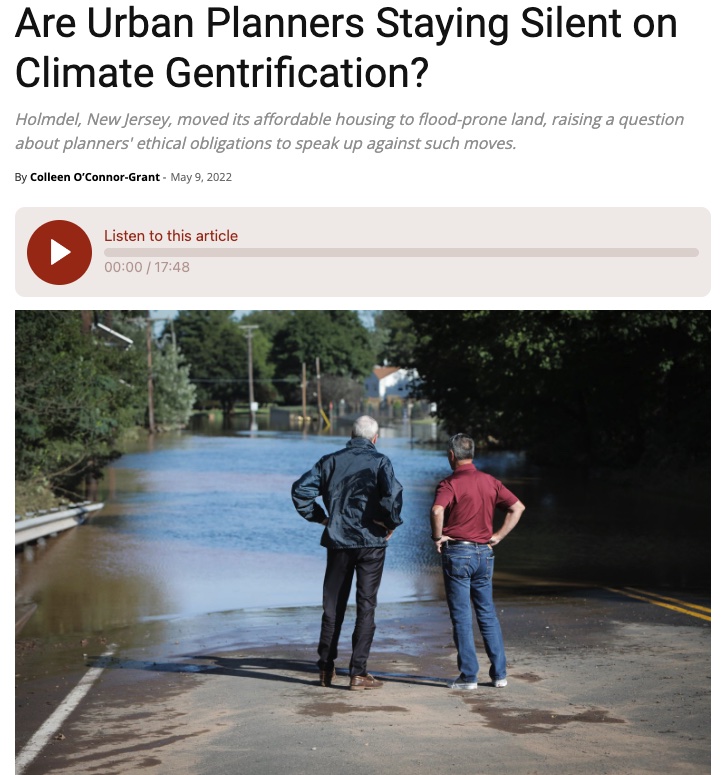
Are Urban Planners Staying Silent on Climate Gentrification?
Holmdel, NJ
Holmdel, New Jersey, moved its affordable housing to flood-prone land, raising a question about planners’ ethical obligations to speak up against such moves.
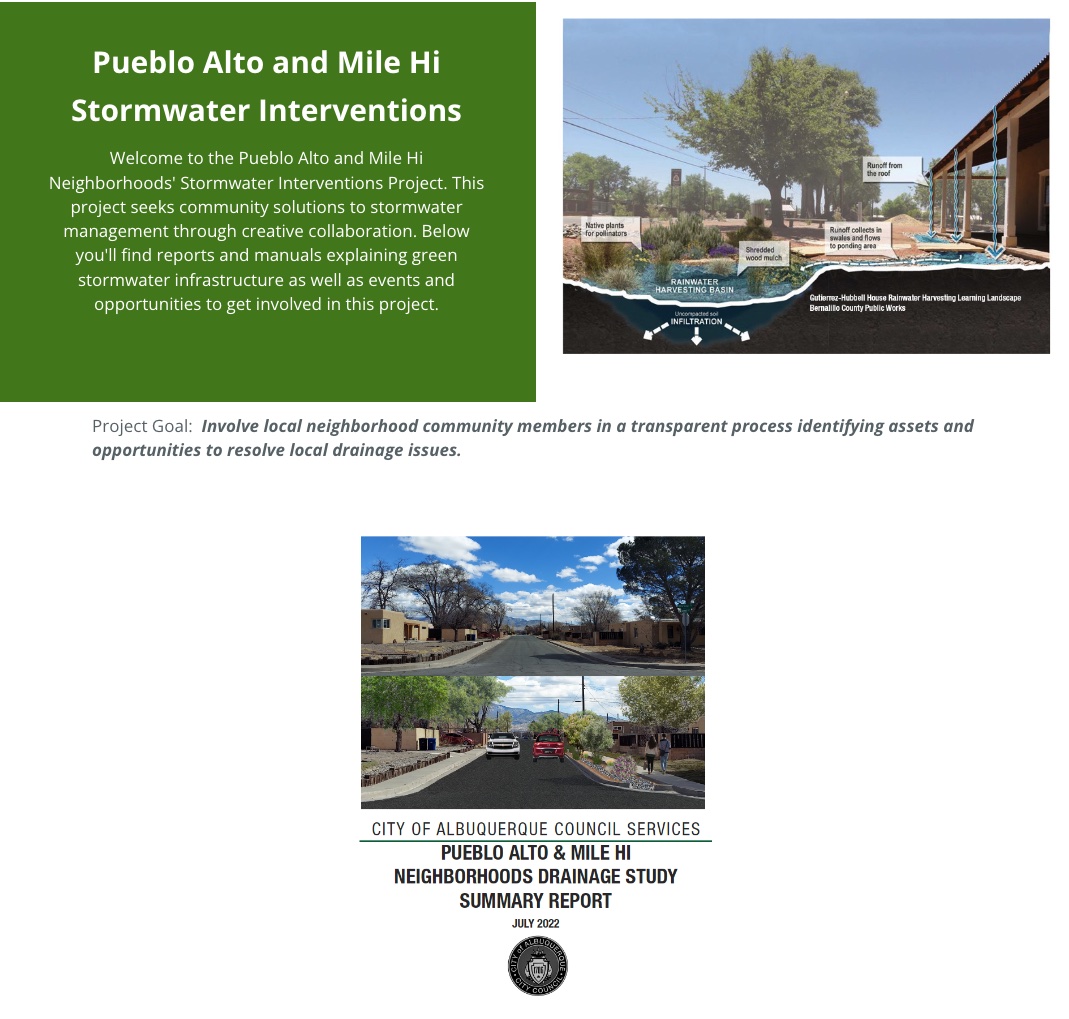
Pueblo Alto and Mile Hi Stormwater Interventions
Pueblo Alto and Mile Hi - Albuquerque, NM
This project seeks community solutions to stormwater management through creative collaboration.

Gowanus Canal Sponge Park
Gowanus - Brooklyn, NY
Working closely with local community organizations, government agencies and elected officials, DLANDstudio initiated and designed a new kind of public open space: a completely modular street-end Sponge Park™. The design equally values the aesthetic, programmatic, and productive importance of treating contaminated water flowing into the Gowanus Canal in Brooklyn, an EPA Superfund site

Equitable Green Infrastructure in Buffalo, NY
Buffalo, NY
Quantified Ventures partnered with the Buffalo Sewer Authority to design and structure an Environmental Impact Bond that finances green stormwater infrastructure (GSI) to manage at least 200 acres of impervious surface in the city of Buffalo, NY.

Duke Water Reclamation Pond
Durham, NC
Duke Pond now supplies more than 100 million gallons of non-potable water per year, supporting the chilled water plant, the university’s largest water user, to cool the campus. Capturing stormwater runoff from 265 acres containing the densest and most urban portion of campus, the pond effectively cleans this contaminated stormwater before slowly releasing it downstream into one of America’s most endangered rivers.
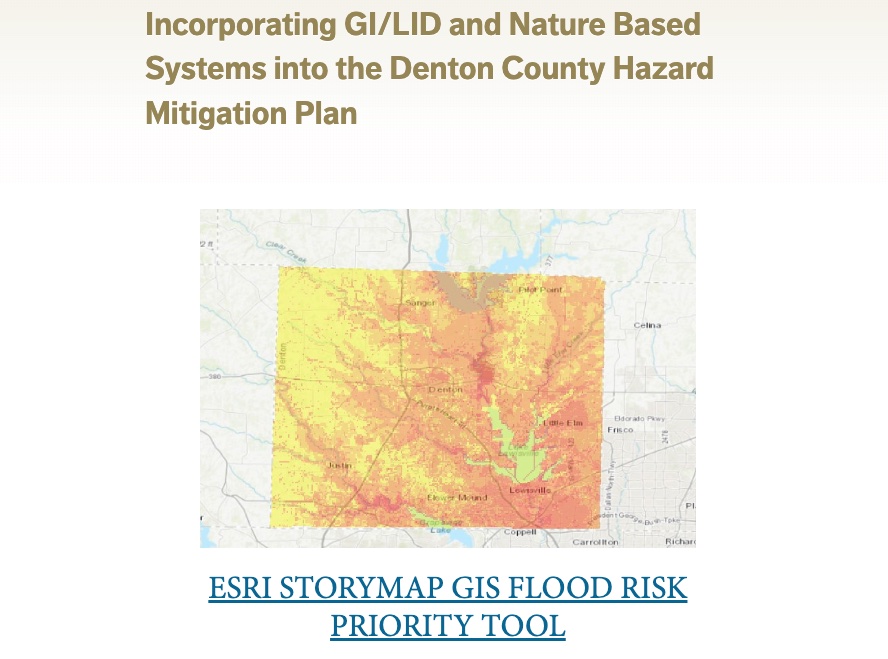
Incorporating GI/LID and Nature Based Systems into the Denton County Hazard Mitigation Plan
Denton County, TX
The initiative aims to implement “green” infrastructure and low-impact development into Denton County’s Hazard Mitigation Plan.
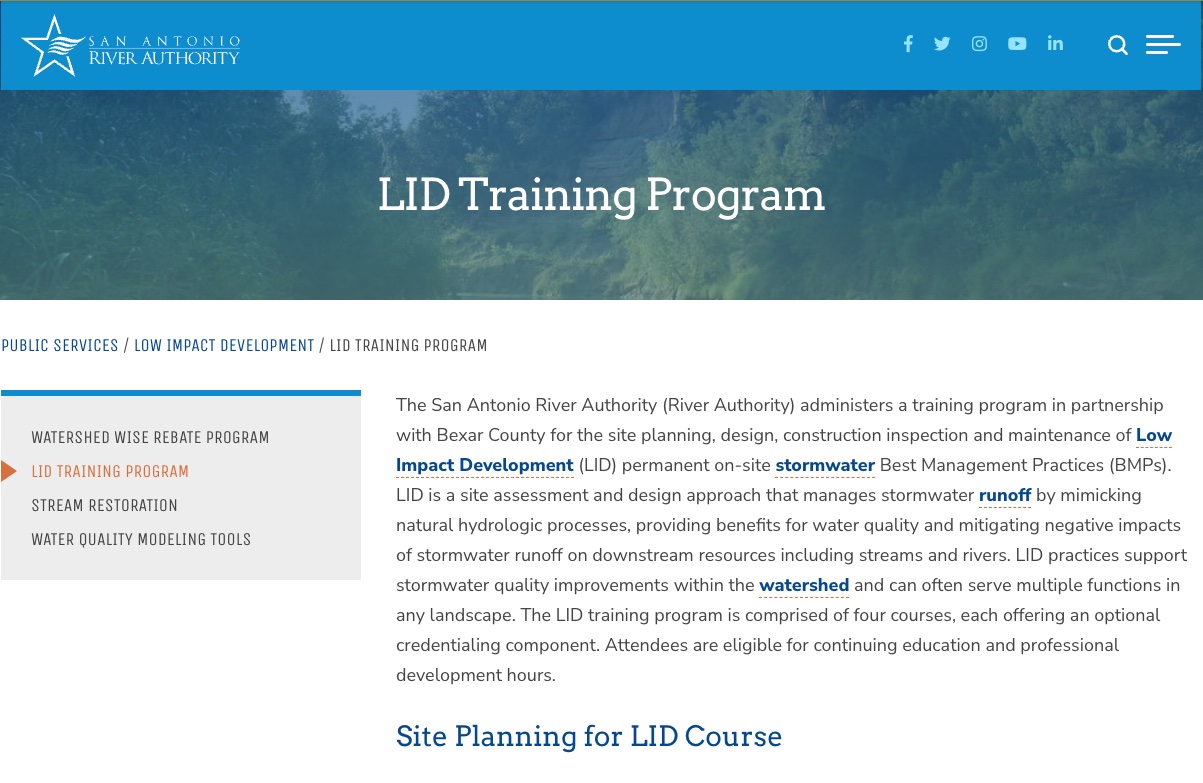
Low Impact Development Training Program
San Antonio, TX
The San Antonio River Authority (River Authority) administers a training program in partnership with Bexar County for the site planning, design, construction inspection and maintenance of Low Impact Development (LID) permanent on-site stormwater Best Management Practices (BMPs)
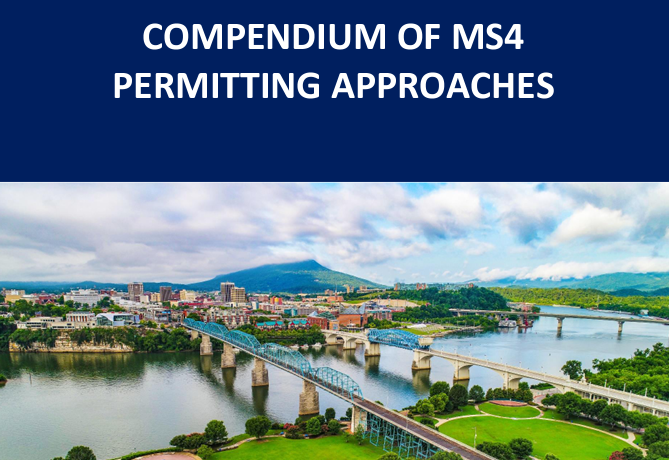
Compendium of MS4 Permitting Approaches
San Antonio, TX
This compendium presents a variety of existing permitting approaches that encourage or require green infrastructure in municipal separate storm sewer systems (MS4s); it also provides excerpts from current state and EPA MS4 permits and examples of how MS4 permittees implement green infrastructure permit requirements.